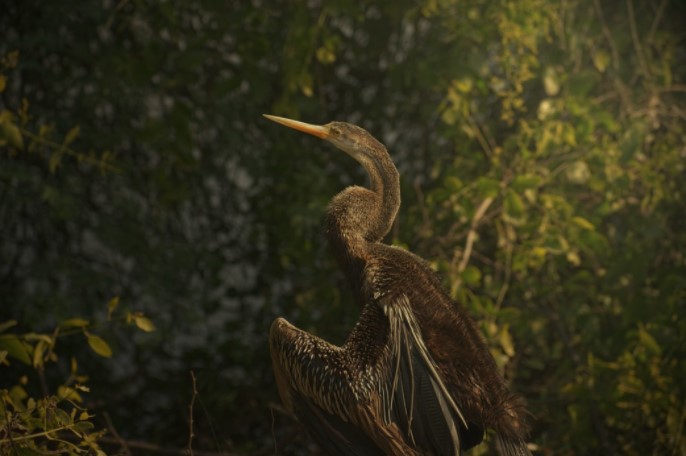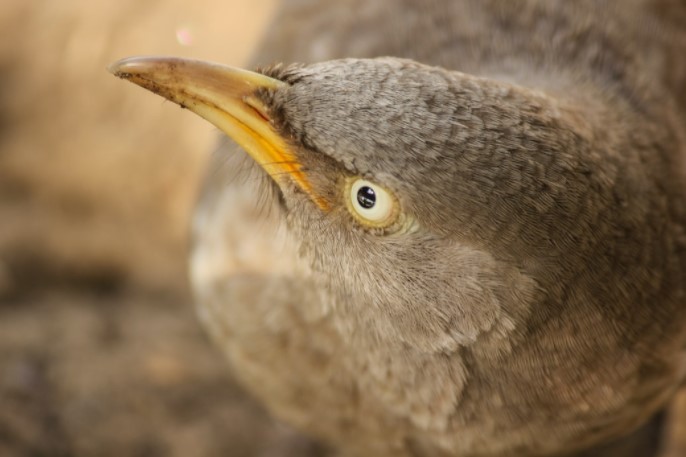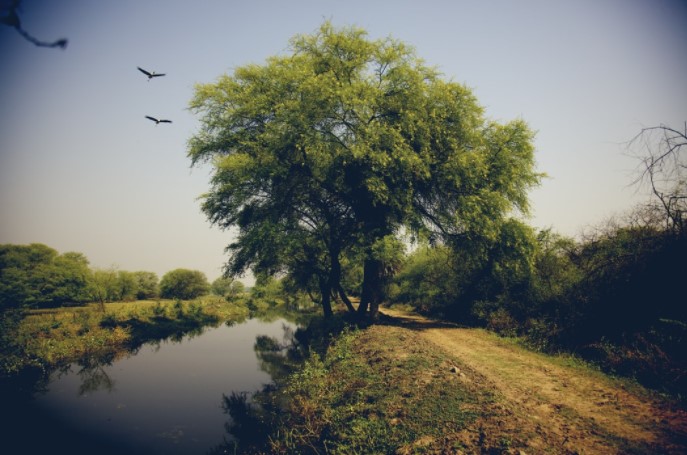
Categorising and valuing something as heritage is not always an easy task and preserving heritage is far from easy. What begins as physical preservation, translates itself into being preserved in the memories of generations for the sole purpose of keeping its social and environmental significance alive. To this day, the concept of Natural Heritage remains far from discussions about heritage in general. The root of this negligence is largely the anthropocentric way of looking at history to determine the significance of things. Natural heritage consists of not only formations in nature that are aesthetically pleasing but also sites with geological importance (a lot of which are in dire need of implementation of conservation measures). One such site in India is the Keoladeo National Park, located in the state of Rajasthan. This park owes its faunal beauty to magnificent birds that migrate across international borders along with resident birds.
Though it was originally used as a duck hunting ground in the nineteenth century, the place was declared a National Park in the year 1982 and was subsequently declared a world heritage site by UNESCO in 1985. The park (which was earlier known as Bharatpur bird sanctuary) served as winter grounds for birds migrating from countries in Central Asia like Afghanistan and Turkmenistan, China, and regions like Siberia. Over the course of its relatively undisrupted existence, it has been a spot for endangered species like the Siberian Crane, Imperial Eagle and the Greater Spotted Eagle. The presence of more than three hundred and fifty other bird species have been recorded in the park along with a splendid twenty thousand nest count in the breeding season. The contributing birds include birds like Spoonbills and Storks.

Recently, Keoladeo National Park has come under threat from as many as fourteen invasive species (as reported by The Times of India). Though the efforts for managing the harm caused by these invasive species (like the African catfish) were taken almost as soon as they were discovered in that habitat, they were still considered as damage control measures. If the management of the park is not taken seriously, then it can cause things to run out of control in no time. Another major threat to the avifaunal biodiversity in the area comes from the cattle that are abandoned by the villages neighbouring the park. In the past, the park has also seen issues such as the disposal of waste too close to it (Hindustan Times, 2017). This could have been a major detriment to the health of both the resident and migratory birds due to negligence on the part of authorities in neighbouring areas. The importance of community engagement programs has also been emphasised by organisations like WWF for this park in Bharatpur because of the man-made and man-controlled nature of its wetlands. The park has faced external threats related to water supply (drying up of the major water source due to the construction of a dam in the vicinity) in the past which took as long as five years for the government to resolve. This issue has been coupled with the widespread problems of weeds growing in the park, which can only be managed if an adequate water supply is maintained in the park at all times.

The park holds significant importance for the tourism industry in Rajasthan. It attracts over one lakh visitors annually due to its avifaunal diversity. However, people need to understand that natural heritage (especially national parks and sanctuaries) comes with certain specific and intrinsic needs; ones that require the needs of the surrounding areas to be balanced and sensitively dealt with. Engagement Programs for people in neighbouring areas is extremely important to preserve the park. Even with the right intentions, a very hard reached balance can be disrupted in an instant. For example, the introduction of catfish in surrounding areas of the park to improve the livelihood of people turned into a nightmare for birds when the catfish invaded the core areas and started acting like a predatory species. Even when one considers the overall condition of Rajasthan and its lakes and sanctuaries, the situation smells like danger because of rampant development and pollution. Lakes like the Sambhar lake have already been affected, and crisis lurks around the corner for Keoladeo National Park because of rising demands for water in neighbouring areas (like the villages on Gambhiri Basin). Will we ignore external threats to the park till it’s too late?

